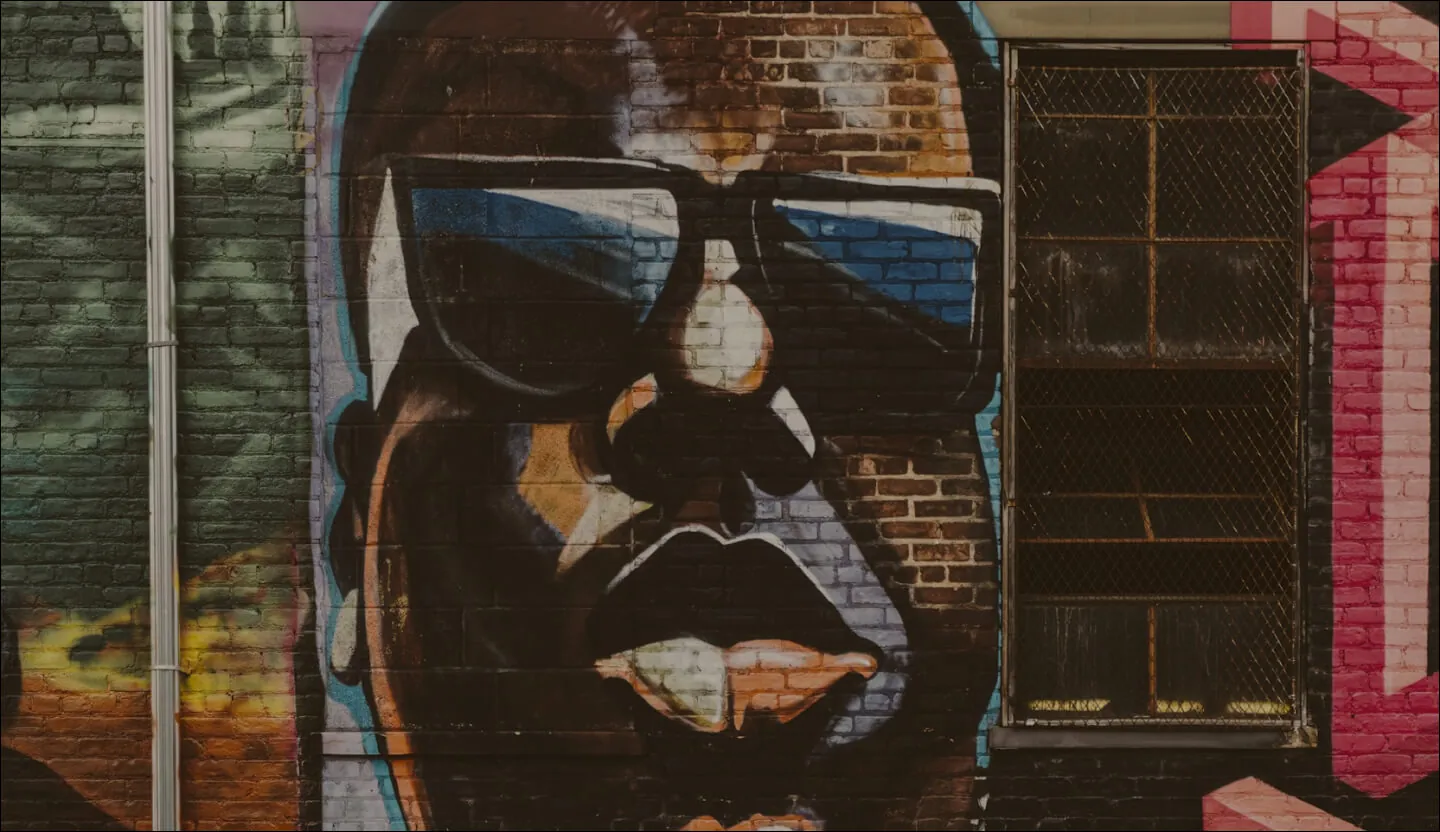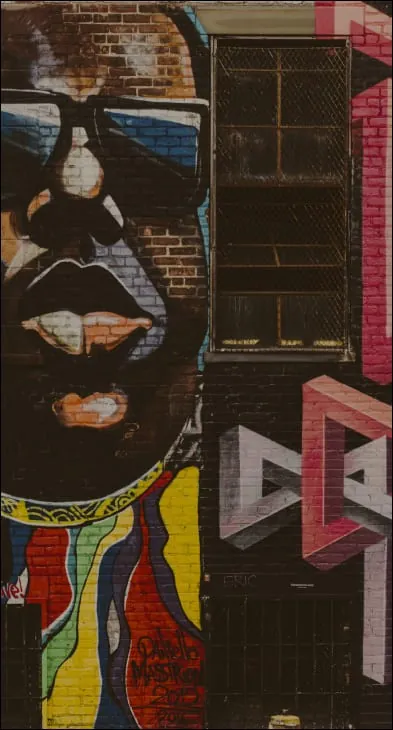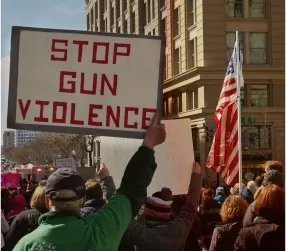The Current Landscape of Police Brutality in the United States
Police brutality has been a critical issue in the United States for decades, marked by numerous high-profile incidents that have sparked nationwide protests and calls for reform. This overview delves into some of the most significant cases of police brutality, examines the legal framework governing police conduct, and explores the complex interplay between state and federal laws in addressing this issue.
At Roger V. Archibald PLLC, we have a nationally-recognized police brutality practice. If you or a loved one has been the victim of police brutality, please contact Roger V. Archibald today.
High-Profile Police Brutality Cases
Rodney King (1991)
The incident: On March 3, 1991, Rodney King was brutally beaten by Los Angeles Police Department (LAPD) officers following a high-speed chase. The incident was captured on videotape by a bystander, showing officers striking King more than 50 times with batons.
The Impact: The acquittal of the involved officers in 1992 led to the Los Angeles riots, which resulted in over 60 deaths and substantial property damage. The case brought national attention to issues of police brutality and racial inequality.
Amadou Diallo (1999)
The incident: Amadou Diallo, an unarmed African immigrant, was shot 41 times by four NYPD officers in the vestibule of his apartment building. The officers mistakenly believed Diallo was reaching for a gun when he was actually retrieving his wallet.
The impact: The officers' acquittal in 2000 led to public outrage and increased scrutiny of police practices, particularly in minority communities.
Eric Garner (2014)
The incident: On July 17, 2014, Eric Garner died after being placed in a chokehold by NYPD officer Daniel Pantaleo during an arrest for allegedly selling loose cigarettes. Garner's repeated plea of "I can't breathe" became a rallying cry for the Black Lives Matter movement.
The impact: Garner's death highlighted the excessive use of force by police and the lack of accountability, leading to widespread protests and calls for reforms in police training and oversight.
Michael Brown (2014)
The incident: Michael Brown, an unarmed 18-year-old African American, was shot and killed by Officer Darren Wilson in Ferguson, Missouri. The circumstances of the shooting led to conflicting accounts, but Brown's death ignited intense protests and a national debate on police use of force.
The impact: The unrest in Ferguson prompted the Department of Justice to investigate the Ferguson Police Department, uncovering widespread racial discrimination and misconduct.
George Floyd (2020)
The incident: On May 25, 2020, George Floyd, an African American man, was killed by Minneapolis police officer Derek Chauvin, who knelt on Floyd's neck for over nine minutes during an arrest. Floyd's repeated cries of "I can't breathe" were captured on video by bystanders.
The impact: Floyd's death sparked global protests against police brutality and systemic racism, leading to renewed demands for comprehensive police reform and greater accountability.
The Legal Framework Governing Police Brutality
Addressing police brutality in the United States involves navigating a complex legal landscape that includes both state and federal laws. Understanding how these laws work is crucial for comprehending the mechanisms available to hold law enforcement officers accountable.
Federal Laws
Constitutional Protections
Fourth Amendment: Protects against unreasonable searches and seizures, serving as the primary basis for evaluating the legality of police use of force. Courts assess whether the force used was reasonable under the circumstances.
Fourteenth Amendment: Guarantees equal protection under the law, often invoked in cases where police brutality is alleged to be racially motivated.
Civil Rights Act (42 U.S.C. § 1983)
This federal statute allows individuals to sue state and local officials, including police officers, for violations of constitutional rights. Plaintiffs must prove that the officer acted under color of state law and deprived them of a constitutional right.
Criminal Prosecutions
The Department of Justice (DOJ) can bring criminal charges against officers under statutes such as 18 U.S.C. § 242, which criminalizes willful deprivation of constitutional rights under color of law. These cases are challenging to prove, as prosecutors must demonstrate the officer's intent to violate rights.
State Laws
State Constitutions and Statutes
Each state has its own constitution and laws governing police conduct. These can provide additional protections beyond those afforded by federal law. For instance, some states have enacted specific statutes addressing police use of force, body camera requirements, and reporting obligations.
State Tort Claims
Victims of police brutality can also file state tort claims, such as wrongful death, assault, and battery, against individual officers and police departments. These claims often run parallel to federal civil rights lawsuits but are governed by state laws and procedures.
Police Accountability Measures
States have implemented various measures to enhance police accountability, including independent oversight boards, mandatory reporting of use-of-force incidents, and decertification procedures for officers found guilty of misconduct.
The Interplay Between State and Federal Laws
The relationship between state and federal laws in addressing police brutality is intricate and often contentious. Several factors influence how these laws are applied and enforced:
Dual Sovereignty
The principle of dual sovereignty allows both state and federal governments to prosecute officers for the same conduct without violating double jeopardy protections. This means that officers can face state charges, federal charges, or both, depending on the circumstances.
Qualified Immunity
A significant legal doctrine impacting police brutality cases is qualified immunity, which shields government officials, including police officers, from liability unless they violated clearly established constitutional rights. This doctrine applies in both federal and state courts, though its application and scope can vary by jurisdiction.
Federal Oversight and Intervention
The DOJ can intervene in state and local police departments through "pattern or practice" investigations under 34 U.S.C. § 12601. These investigations aim to identify systemic issues and implement consent decrees or settlement agreements to reform police practices. Such interventions highlight the federal government's role in addressing systemic police misconduct.
State Sovereignty and Resistance
States have significant autonomy in regulating their police forces, leading to variations in how laws are enforced and officers are held accountable. Some states have resisted federal interventions, arguing that local control is essential for effective law enforcement.
Moving Forward
Police brutality remains a pervasive and deeply rooted issue in the United States, as evidenced by numerous high-profile cases over the years. The legal framework governing police conduct is complex, involving both federal and state laws that provide various avenues for accountability. Understanding this legal landscape is crucial for advocating for meaningful reforms and ensuring that victims of police brutality receive justice.
Addressing police brutality requires a multifaceted approach, including legal reforms, enhanced oversight, and community engagement. By comprehensively understanding the laws that govern police conduct and the mechanisms available to hold officers accountable, we can work towards a more just and equitable society.









